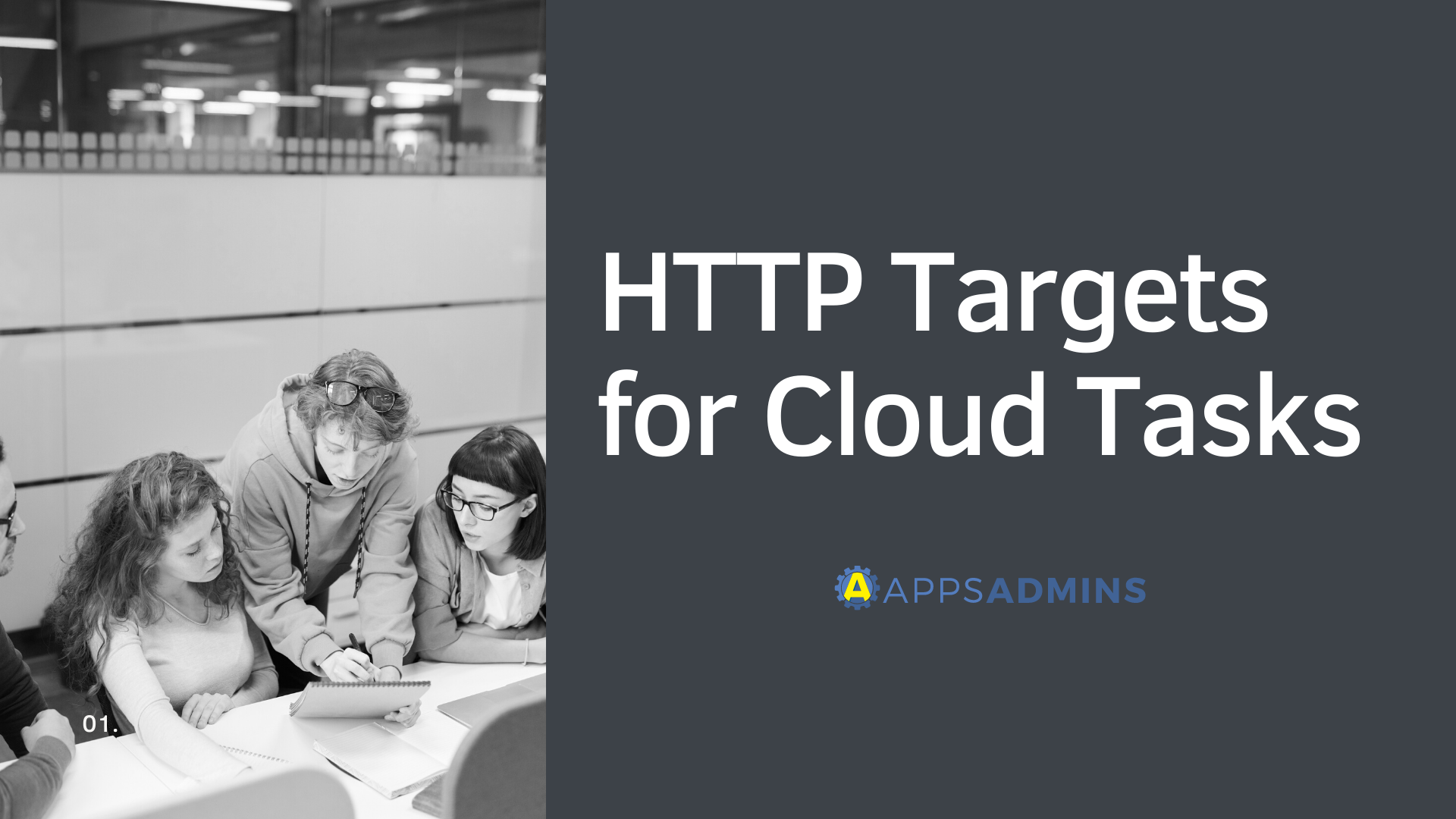G Suite Business Free for 30 Days
Sign up for a Free 30 Day Trial of G Suite Business and get Free Admin support from Google Certified Deployment Specialists. No Credit Card Required.

 Many of the tools available on the Google Cloud Platform are designed to give companies more confidence and control when it comes to managing their cloud strategy. For some businesses, this means accessing a cloud environment that's packed full of solutions for better security and privacy management. For other organizations, the ideal GCP experience comes from being able to break vast monolithic applications down into smaller chunks.
Many of the tools available on the Google Cloud Platform are designed to give companies more confidence and control when it comes to managing their cloud strategy. For some businesses, this means accessing a cloud environment that's packed full of solutions for better security and privacy management. For other organizations, the ideal GCP experience comes from being able to break vast monolithic applications down into smaller chunks.
Microservices solutions allow businesses to break their apps down into segments that are easier to manage, maintain, and update. With the right Microservices architecture, app administrators can make sure that individual servers offload some of their work to the background, giving users quicker response times, smoother interactions, and a better overall experience.
At the Google Cloud Next event for 2019, Google showed administrators how they could enhance their microservices architecture by accessing "Cloud Tasks." This fully-managed and asynchronous solution for task execution allows businesses to offload long-running asynchronous operations for point-to-point collaboration and interactions across a range of microservices environments. This option is already generally available for App Engine targets. Recently, Google also introduced new HTTP targets in beta for companies that want to securely reach Compute Engine, Google Kubernetes Engine, Cloud Run, and more using industry-standard OAuth and OpenID connections.
How Cloud Tasks Transform your Cloud
With Cloud Tasks on Google, you can offload a range of ongoing background activities to speed up your cloud processing. You'll also be able to decouple services, make applications more resilient against failures, and access the advantages of things like flexible routing, loose coupling, task offloading and more.
Some of the benefits of using Cloud Tasks with Google include:
- More flexible routing: Dispatch tasks that reach any target within the GCP and on-premise systems using HTTPS/S with your OAuth and OpenID authentications.
- Loose coupling: Your services will be able to talk to each other asynchronously, rather than through direct request and responses - which allows for independent scaling.
- Task offloading: Dispatch heavyweight and long-running processes in a task queue - allowing applications to be more responsive.
- Rate limiting: Control the rate at which you dispatch tasks to ensure the processing microservices don't get overwhelmed
The Cloud Tasks solution on Google also delivers greater resilience and reliability thanks to the fact that your tasks are persisted within cloud storage and handled automatically. This means that your infrastructure won't crumble when failures occur. You can even customize the number of retry attempts, and the minimum wait between attempts to suit your system.
Handling Tasks in a Serverless Fashion
The various benefits of Google Cloud Tasks are enhanced by the fact that everything is managed in a serverless fashion, with no manual intervention required from an app Admin or developer. You'll only need to pay for the operations you're running as part of your GCP strategy, which keep costs low. Plus, the Google Cloud Platform is on-hand to take care of all the provisioning requests associated with things like the provisioning of resources, scaling, and replication.
As a developer or administrator, all you need to do is add tasks to your queue and leave Google to handle the rest on your behalf. The IT Director of A1 Comms, Jonathan Liversidge, even noted that Cloud Tasks is helping his company to focus more heavily on the core requirements of app development, rather than wasting time on other utility requirements.
Using Cloud Tasks in the GCP
The Cloud Tasks offering in the GCP operates using a push queue strategy, which dispatches tasks to worker services through HTTP requests according to routing configurations. Workers can then attempt to process those tasks. If anything doesn't go according to plan, HTTP errors are delivered back into Cloud Tasks, which pauses the operations and attempts to retry the task until several maximum attempts is reached.
After a task can execute successfully, the worker will send a success code back to the Cloud Tasks system. This structure means that process management is much simpler, and tasks can be processed in a more reliable and consistent manner. You can even track the status of tasks in your system through intuitive CLI, UI, and client libraries.
Cloud Tasks is an excellent opportunity for GCP users who want to architect compelling solutions to their cloud operating problems. Today's admins and developers can access Cloud Tasks today using the Google QuickStart Guide here.
.jpg?width=818&name=appsadmins-svg-rules-1%20(2).jpg)








